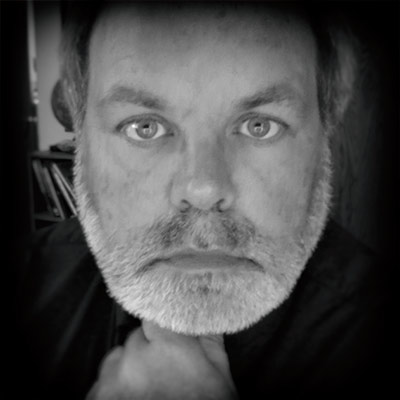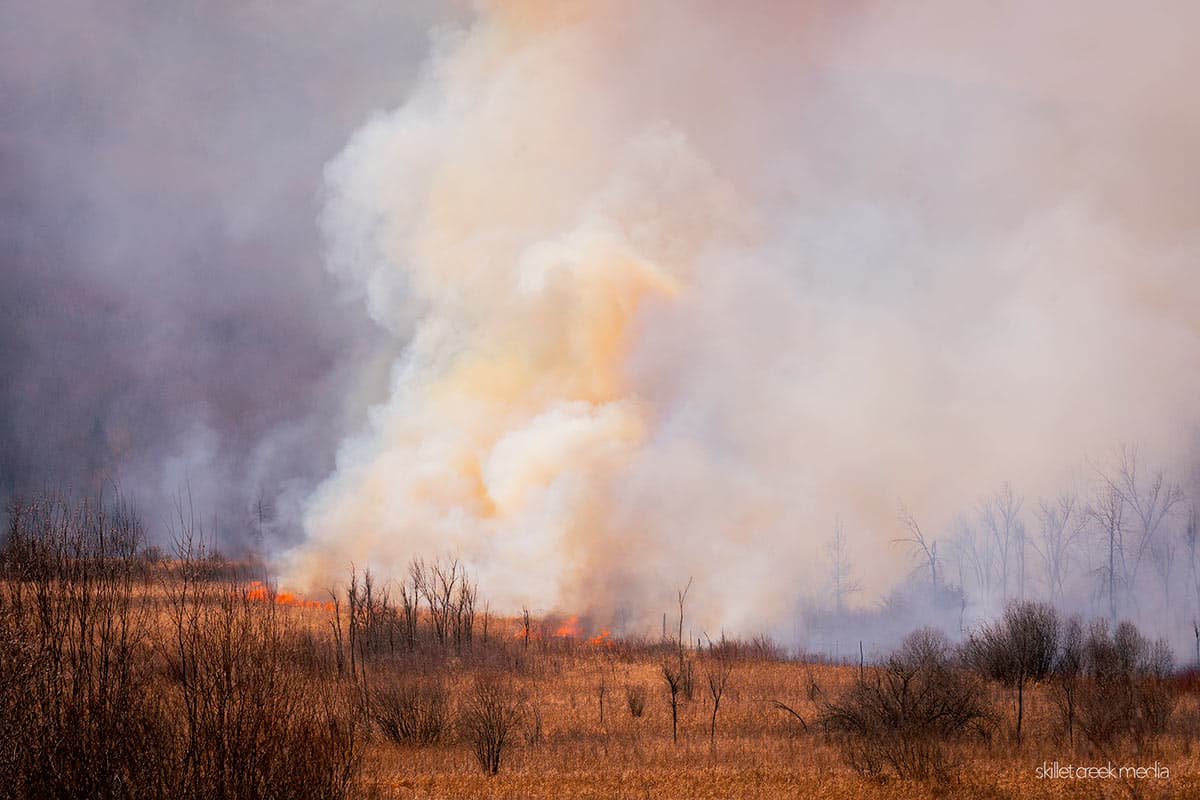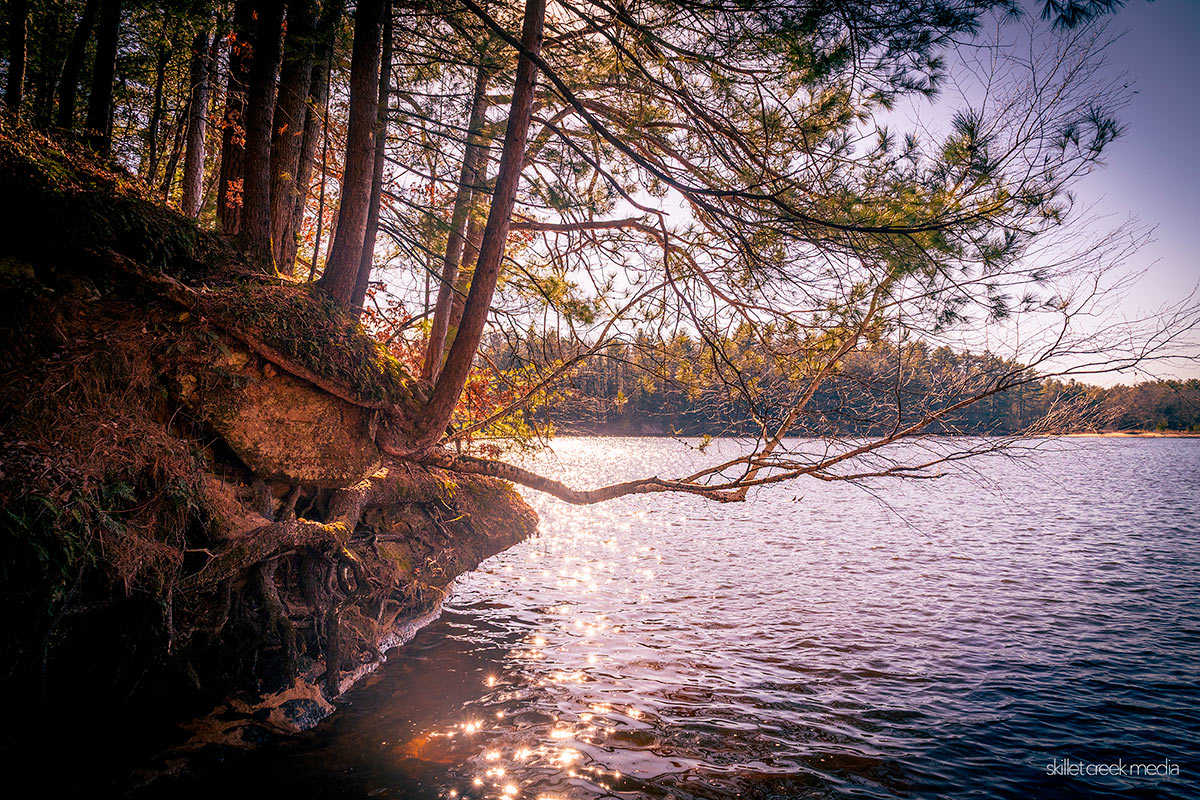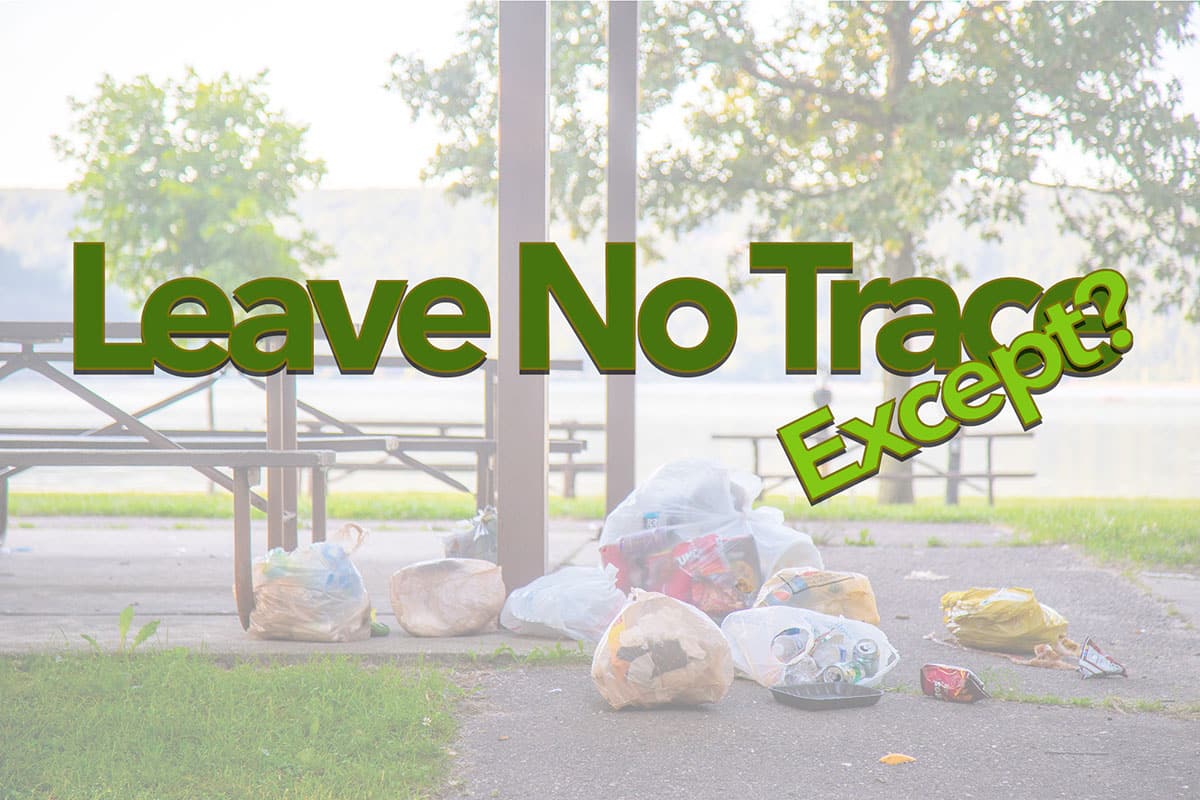Yesterday, March 18th, a prescribed burn was carried out on Devil's Lake State Park's Roznos…
Formerly an ammunitions plant, the land we now know as the Sauk Prairie Recreation Area, is slowly being restored. Part of that restoration process is using fire to help kill off years of invasive plant growth and energize remnants of an historic prairie.
Over the weekend, I had the opportunity to get up close to watch the Wisconsin Department of Natural Resources Forestry Division execute a prescribed burn in one central section of the SPRA.
The structures you see in the video are the remains of a family farm, one of many that were on the land before being moved out by the army in 1942. The low burning flames moved through the property without doing any further damage to what remains of the barn.

It’s important to note that controlled burns such as this one have very little in common with the raging wildfires you often see on the news. A lot of planning goes into each prescribed burn to make sure it isn’t “wild”. Crews choose just the right conditions for the day of the burn. That usually means that it’s not too hot or too dry and any wind will be light and only help move the fire to a place where it can be put out with confidence.
Low & Slow
What I often find surprising is not only how skilled the crews are at controlling the fire, but also how “low and slow” the burns usually are. Keeping the fire “low” takes out non-native plants that are not fire adapted, while our native plants can easily survive. A slow moving fire allows plenty of time for the wildlife to get safely out of the path of the flames. What’s more, often a fire team will create areas called “Refugia” where the fire is not allowed to burn. These refugia offer islands of safety where animals and even insects can go while the fire moves through.
Prescribed burns are an important tool in the maintenance and restoration of Wisconsin’s environment. And I’ll admit it; They’re fun to watch too!!
Learn more: Prescribed Burns – US Forest Service
More Photos
A big thank you to the folks with WDNR forestry who let me hang out and get the video and photos to share with all of you! Thanks!!

For nearly 2 decades the Skillet Creek blog has focused on 3 main goals; To inspire you to visit and explore the Devil’s Lake region, to help you get the most your visit by sharing tips, events, and other helpful information. Lastly to advocate for our environment & wildlife and talk about how we can keep our natural areas amazing now and into the future! That last goal can sometimes cause controversy, but it’s the only way we can accomplish the first two. – Derrick Mayoleth, Owner.












